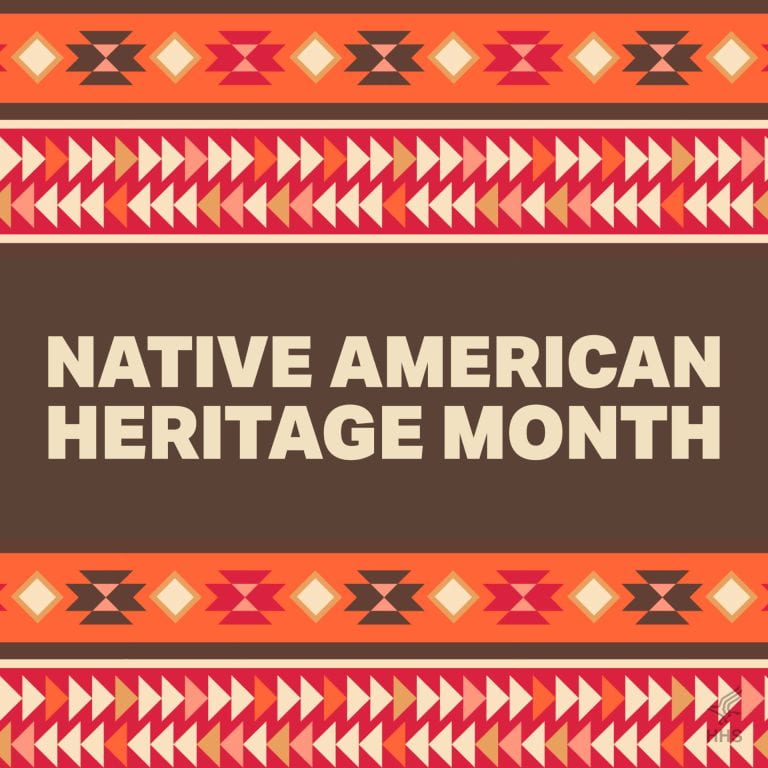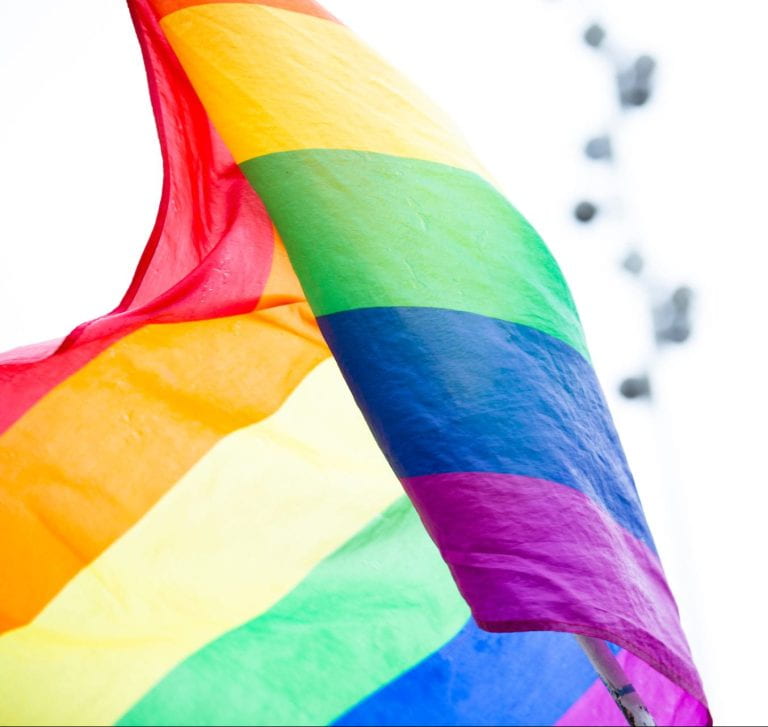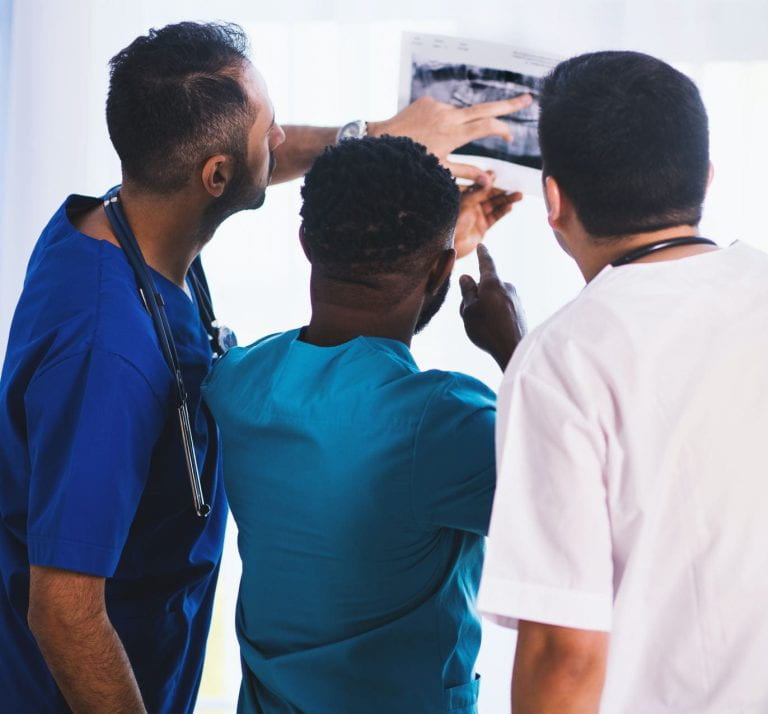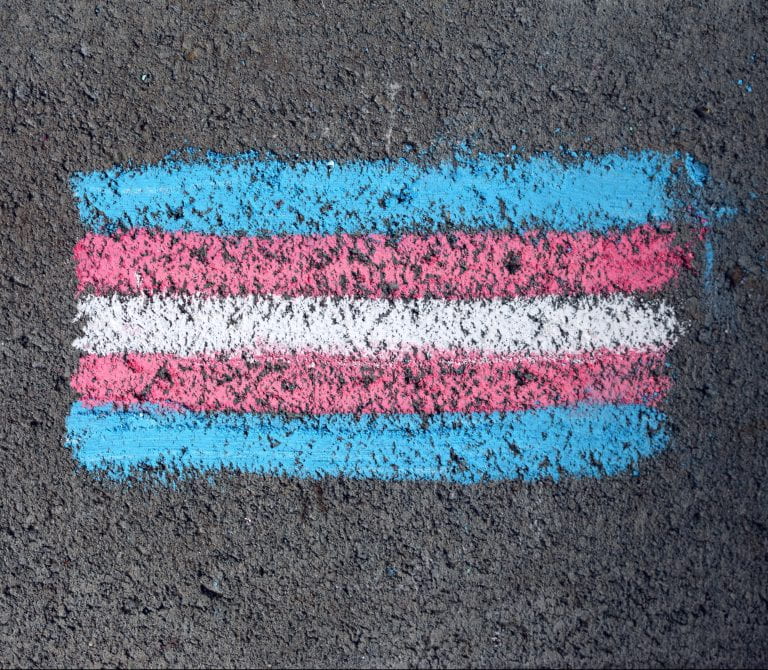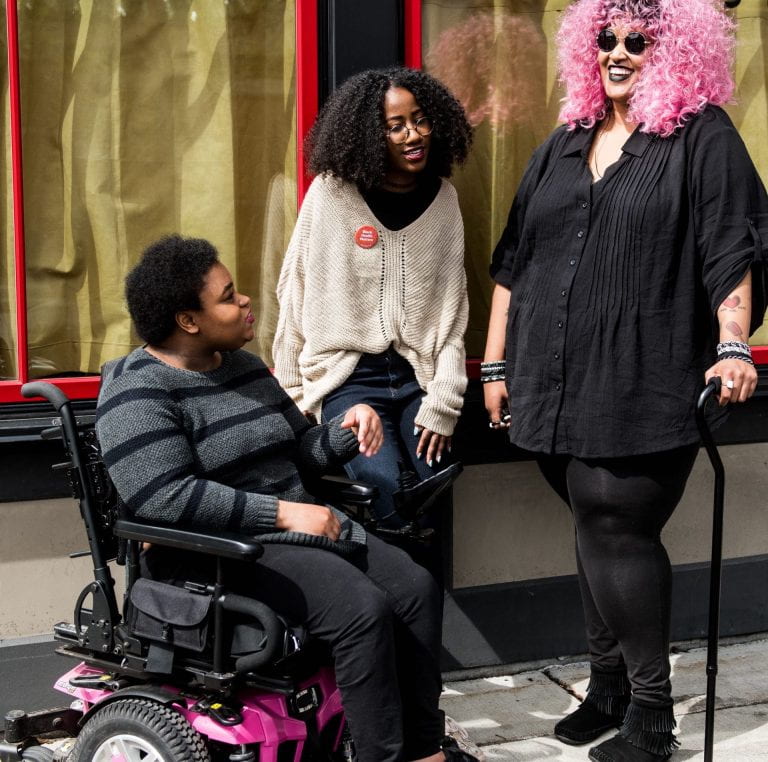In recent years, there has been an increased awareness of mental health, mental illness stigma, and how it impacts people in all areas of life. While many workplaces offer services and accommodations for employees with mental health or mental illness concerns, people may face structural barriers when attempting to access these services. Additionally, it is difficult engaging in conversations about mental wellness as harmful stereotypes about mental illness impacts the ways people think about or imagine a person with mental illnesses.
Burns & Green (2019) and Lo & Herman (2017) published research on mental illness and its impacts on academic librarians; their findings illuminated perceptions and misconceptions about mental illness among the study's population and some respondents shared personal stories about their experiences with being open about their mental illness diagnoses with their colleagues. Both articles are excellent ways to learn more about these topics and they serve as introductions to better understanding how people with mental illnesses navigate the workplace.
In ‘Academic Librarians’ Experiences and Perceptions on Mental Illness Stigma and the Workplace’, Burns & Green focus specifically on how mental illness stigma plays a role in academic librarians’ professional lives. The researchers surveyed hundreds of academic librarians, collecting data about “concerns around discrimination…disclosure…[and] self-esteem as a whole.” (Burns & Green, 2019, pg 641) Based on quantitative and qualitative data, “the most obvious finding is that there is a fear of disclosing one’s own mental illness in the academic library environment.” (Burns & Green, 2019, pg 653) Survey respondents shared their stories about their decision to disclose their mental illness diagnosis, the support they may or may receive at their individual institutions, and what work they believe needs to be done to address stigma and shame.
Alternatively, ‘An Investigation of Factors Impacting the Wellness of Academic Library Employees’ by Lo & Herman looks at the term “wellness”, how workplaces incorporate or fail to incorporate wellness into their settings, and the factors that contribute to academic librarians’ overall sense of wellness. “This study reveals that most academic library employees feel overwhelmed quite frequently. While age and working overtime are factors, the attitude of the individual also has an impact.” (Lo & Herman, 2017, pg. 802) The researchers also found that academic librarians valued other forms of wellness besides physical wellness. They wrote that “Age again seems to be an important factor regarding respondents’ perception of the different dimensions of wellness…Overall, respondents placed higher importance on their spiritual wellness and intellectual wellness than physical wellness.”(Lo & Herman, 2017, pg. 803)
Lo & Herman and Burns & Green’s research shows that addressing mental illness and wellness in the workplace may be complex, but the end results may be highly valued and beneficial to employees. Having conversations with colleagues about wellness in the workplace can gradually change an organization for the better. These two articles are great resources to refer back to when having conversations about the workplace, mental illness, dismantling stigma, and addressing all aspects of wellness among people.
References:
- Burns, E., & Green, K. E. C. (2019). Academic Librarians’ Experiences and Perceptions on Mental Illness Stigma and the Workplace. College & Research Libraries, 80(5), 638–657. https://doi.org/10.5860/crl.80.5.638
- Lo, L. S., & Herman, B. (2017). An Investigation of Factors Impacting the Wellness of Academic Library Employees. College & Research Libraries, 78(6), 789-. https://doi.org/10.5860/crl.78.6.789






